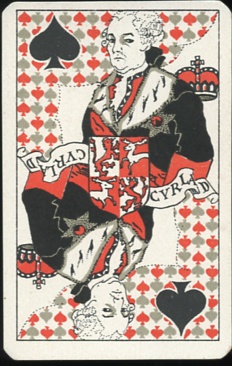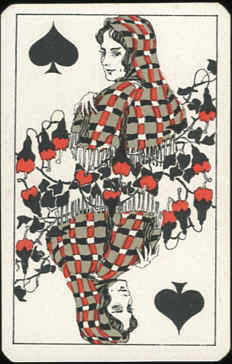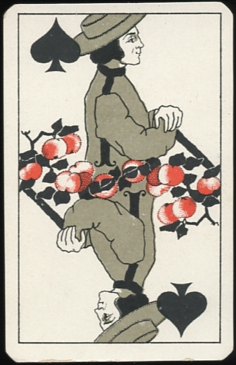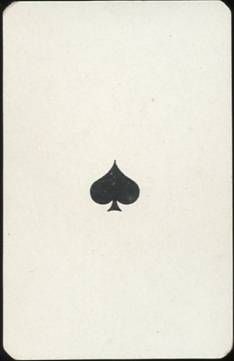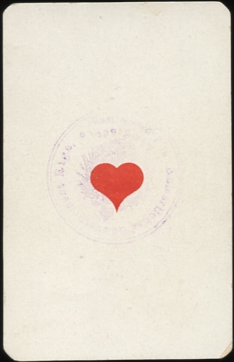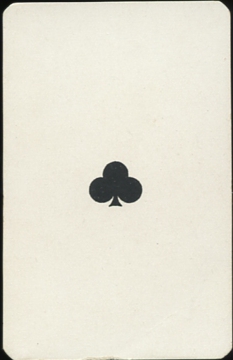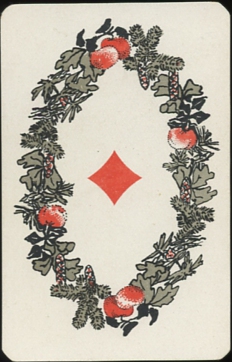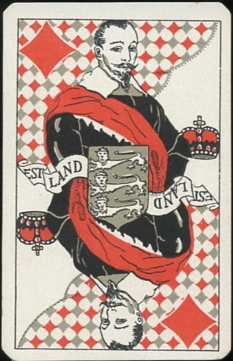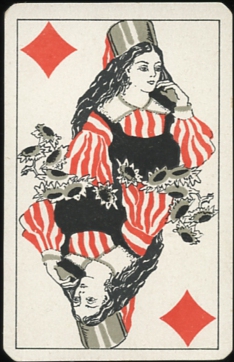February
2020
|
It's
been a year now since I lost my Miriam and not a day has gone by without
thinking of her. I miss her in all kinds of ways, but also at moments
like this. Usually we easily got to an agreement about which deck to
show here, but occasionally there were long discussions too. Now I can
pick whatever I want, but I always try to keep her taste in mind too.
And she would have agreed on this one...... easily! |
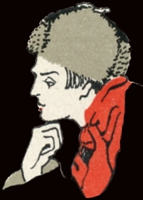
|
The deck
was printed by the Wert Papier Druck from Riga and published in Latvia in 1918.
It's known as "Lettische Trachten" (Latvian Costumes). The cards were
lithographically printed in three colours: red, black and gray. The designer is
unknown, but his creations can be called unusual. There's an Art Deco influence
in the shape of the dividing line of flowers, plants and apples on the queens
and jacks. The Kings are easily recognizable. Not only because they have a crown
at their side, but rather by the background of red and gray spades, which looks
a bit like torn wallpaper.
But besides the crown the kings show a ribbon with the name and the coat of arms
of that Baltic region in ancient times. I have no idea if the portrayed figures
show actual dukes or other leaders of these regions, but the king of spades
represents Curland. In English this region along the shores of the Baltic Sea is
called Courland. It was a Duchy for more than 200 years until the end of the
18th century and it's possible that the king is represented by one of the Dukes.
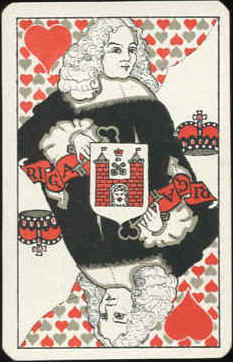 |
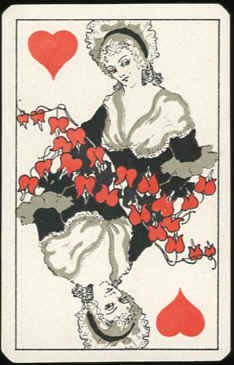
|
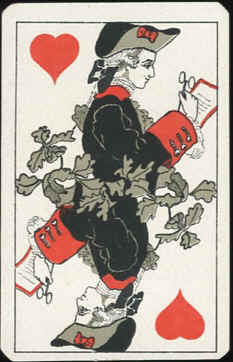
|
|
|
|
Riga here stands
for the Bishopric of Riga, founded in 1202 by Albert (of Buxhoevenden), a canon
in Bremen, who was appointed as bishop of Livonia by his uncle, the
archbishop of Hamburg and Bremen. The presented coat of arms of Riga
with the crown above the cross and keys was first used between 1660 and
1721. The crown symbolizes the subservience to the bishop.
|
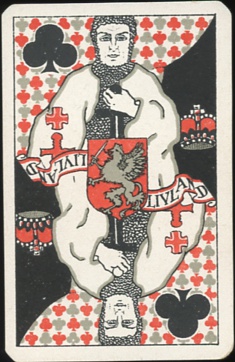 |

|
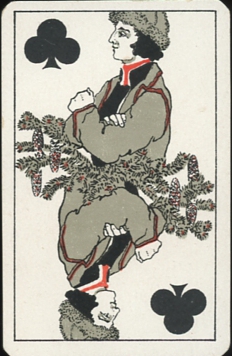 |
|
|
Livland is known in English
by the Latin name Livonia. It's named after the Livonians, who lived on
the shores of present-day Latvia and in the 13th century extended to
most of present-day Estonia and Latvia. Courland also was a part of
Livonia in the 16th century.
Estland (Estonia) was a Duchy between 1219 and 1346, also known as
Danish Estonia. So the represented coat of arms, which has the 3
stretched lions of the Danish coat of arms, probably refers to that
period.
|
The deck
consists of 52 cards. Apparently no joker was ever issued with this deck.
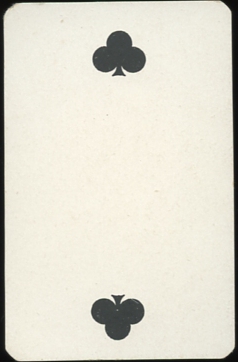
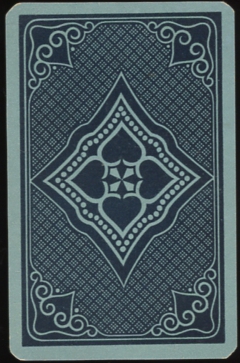
In 2004 a
reprint of this deck was published by Orija. That deck has 2 jokers and an
extra card. I don't know this deck, so I can't judge the quality of the used
card. It seems easy to throw away the jokers and extra card and present it as
the original deck. However, I'm certain that this here is the original deck.
According to his info the previous owner had bought it in 1997 and I'm almost
certain that he has won this deck in the auction of Dr. Max Segeth's Art Deco
and Jugendstil decks in that year. It fits the description like a glove, as it
has the same leather holder with score-pad and pencil, that is described in the
auction catalogue.
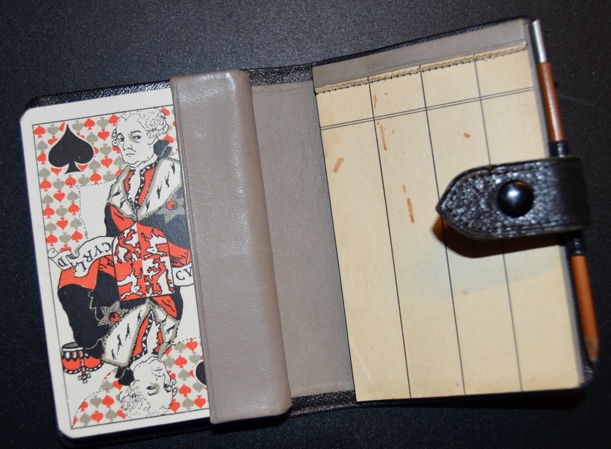
BACK
TO PRESENT MONTH

